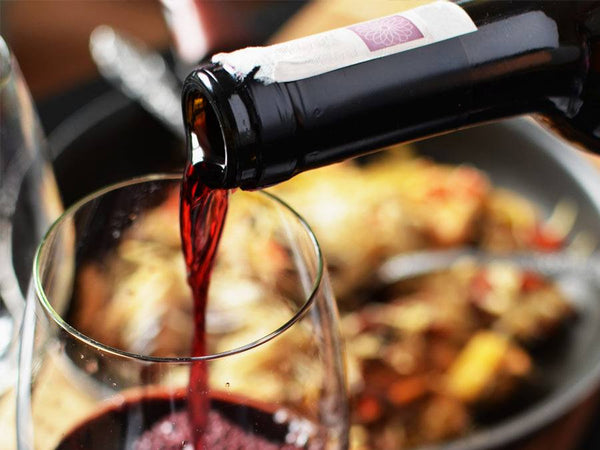The Essentials of Wine and Food Pairing

The dilemma of pairing wines with particular dishes or entire meals present an opportunity for creative solutions and individual expression. When you buy wine online for your next get-together with friends or themed wine dinner, this brief guide will help.
Here are some basic practices that will be very useful to understand how wine behaves with food. Wine and food pairing relies on personal knowledge as well as personal taste, so the more familiar you are with different wines, the easier it will be for you to experience new things.
There are three main types of pairings: first, pairings by congruence; second, pairings by contrast; and finally pairings by region of cuisine and wine. Of course, one of my favorite and most simple solutions is sparkling wine, which one can serve throughout a meal! This includes selecting sugar levels, like Brut or semi-dry, or different levels of lees ageing, to match with particular courses. A Gran Reserva Cava, Brut Natural, will pair wonderfully with roast pork, for example.
Pairing by congruence is when both the wine and the dish have similar flavors. This will enhance the flavor of both and intensify them, which will create much more pleasant flavors. An example of this is a Mexican mole dish with a Shiraz (Syrah), where both have an intense flavor and lots of spices.
Pairing by contrast is when the two elements balance and oppose each other, each one helping the other. For example pair a fatty fish with a Spanish cava, where the acidity and bubbles of the sparkling wine help to cut the fat on the palate, producing a very pleasant sensation in the mouth.
Here are some basic principles, so you can practice:
- The wine must be more acidic than the food.
- The wine must be sweeter than the dish
- The wine must have the same intensity as the dish
- Bitter flavors DO NOT go well with dry red wines (try artichoke with a Napa Cabernet)
- Fatty food is balanced with powerful and tannic wines
- A wine’s tannins collide with fish oils
- Sweet wines (for example, a semi-dry Riesling from Alsace) counteract spicy food
- Most of the time rosé, white, and sparkling wines are used for contrasting pairings
- Most of the time red wines are used for pairings by similarity or congruence
Try this at home! Do the following: Prepare a little salt, freshly squeezed lemon juice diluted with a small amount of water, and a piece of fatty cheese that is not too salty and not too acidic (mild cheddar can work well). Now serve yourself a couple of different California red wines (or any medium to hearty reds will do). Next, take a sip of one wine and assess its acidity and tannins. Repeat with the other, different red wine. Then put a little lemon juice on your tongue and swish it around -this may seem strange, but it's worth a try- when the tongue is well impregnated, spit it out and then taste the wine again, which will now be smoother and fruitier. Repeat the same process with at least two different wines with the salt and with a bite of cheese. The fat in the cheese will now make the wine appear even softer to you. For its part, the salt will make the tannin less astringent. You can carry out the same test with different types of wines (white, sparkling, rosé, sweet, with high or low acidity, with high or low tannin...). When you find the combination that you like the most, you will know what your perfect pairing is.
This is the magic triangle of salt, acidity and fat, and understanding how your palate works will help you when choosing a predominantly acidic or tannic wine.
Finally, for the third kind of pairing, I find that pairing based on world region can work magic. A Spanish paella with a white wine from Valencia. Tuscan lamb (agnello) with Vino Nobile di Montepulciano. Ratatouille with a rose from Provence! Your friendly wine store Santa Rosa, Bottle Barn, has the hand-curated variety of wines to pair with your next superb meal!
Written By: - Charlie Leary













Leave a comment